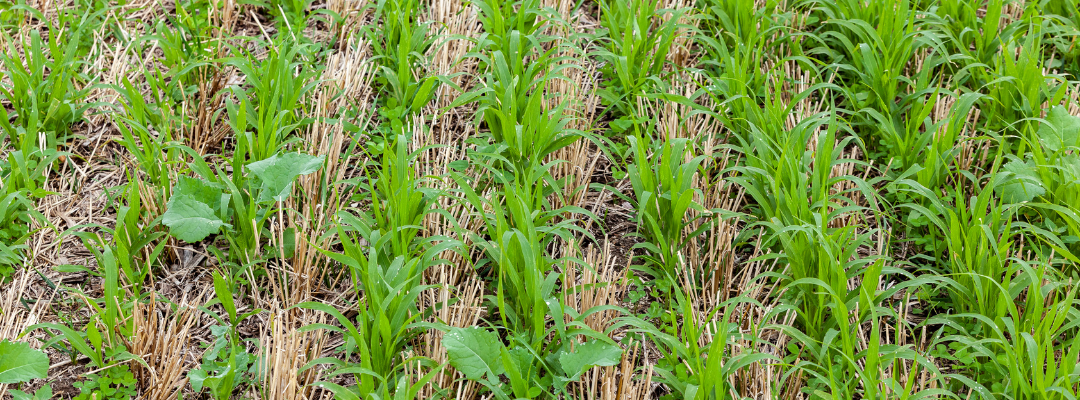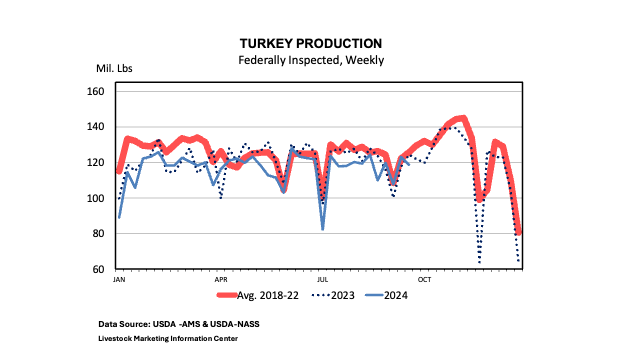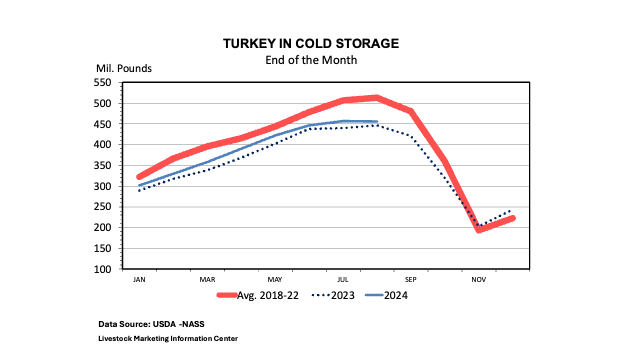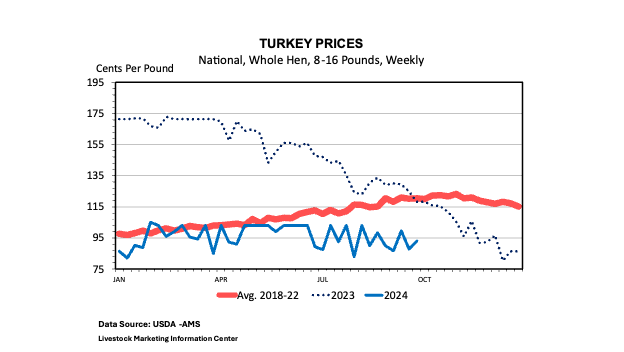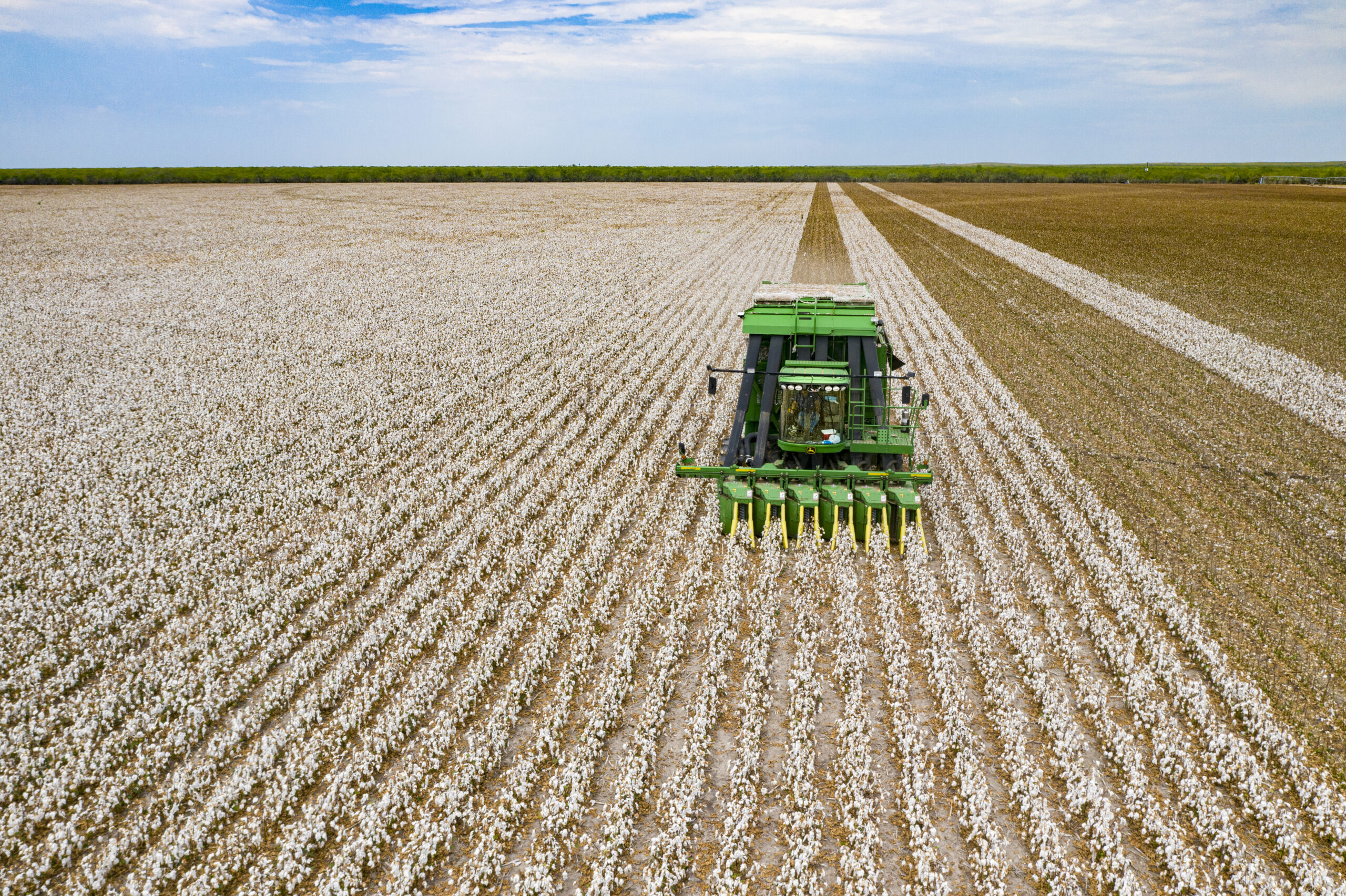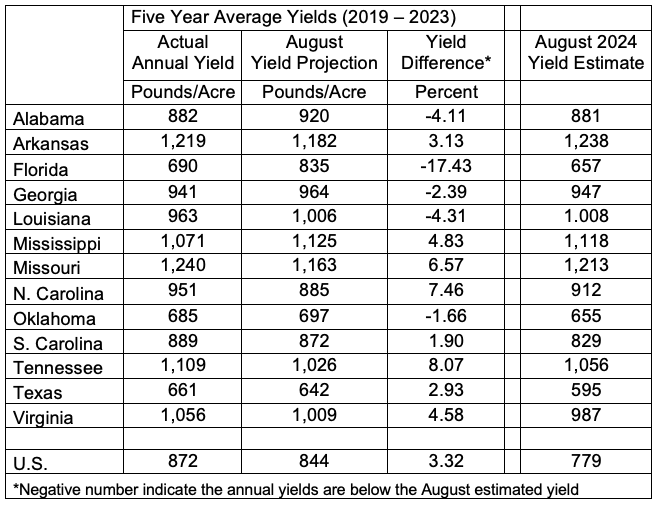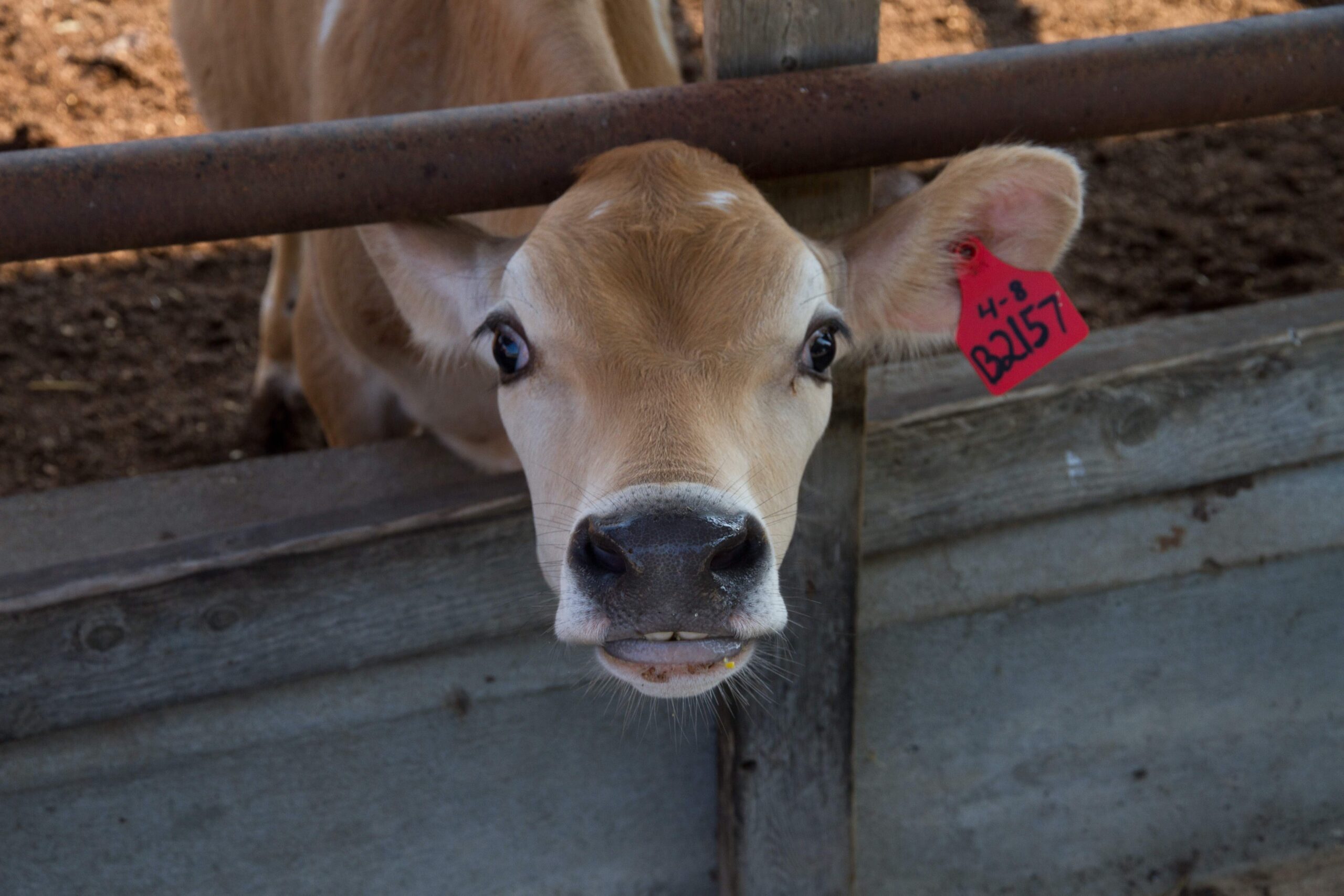Row crop producers across the country are feeling the financial squeeze. High input costs and low commodity prices are tightening profit margins, and the outlook for 2026 offers little relief. With limited optimism for lower costs or stronger commodity prices, many row crop farmers are exploring new income streams to keep their operations profitable. One option gaining traction is contract grazing—custom growing cattle for someone else.
This arrangement allows farmers with available land and suitable forage to generate income without the expense of owning cattle. It’s a practical way to put available acreage to work, diversify income, and reduce risk in uncertain times.
Evaluating Resources
Before entering a contract grazing arrangement, it’s essential to evaluate your available resources. Key considerations include:
- Fencing – Assess the condition of existing fences, estimate the cost of repairs or new construction.
- Cattle-handling facilities – Adequate corrals, chutes, and working areas are necessary for safe and efficient receiving and shipping of cattle on your property.
- Feed and water systems – Ensure water quality and quantity meet livestock needs throughout the grazing season.
- Accessibility – Many stocker operations move truckload lots of cattle (typically 50,000 pounds), so all-weather access roads are important.
This list isn’t exhaustive but highlights key infrastructure requirements that can determine the feasibility of a grazing enterprise.
Integrating Grazing with Crop Land
For row crop producers, contract grazing can complement existing cropping systems rather than replace them. Fields used for row crops can often support grazing through cover crops, winter annual forages, or dedicated hay and grazing acres. Common options include small grains such as wheat, oats, or rye, as well as annual forages like ryegrass or haygrazer. These forages can fit naturally between summer cash crops, making use of otherwise idle land during the off-season.
Integrating livestock grazing into crop rotations offers several potential benefits, including improved soil health, enhanced nutrient cycling, and reduced weed and residue management costs. Grazing cover crops can also help capture and recycle nutrients while adding an additional income stream through a grazing contract.
However, shifting to a mixed crop-livestock system requires careful planning. Farmers must consider planting and termination dates, soil compaction risks, and the potential impact on subsequent crops. When managed properly, the combination of row crops and grazing livestock can strengthen overall system resilience and profitability.
Experience and Cattle Management
Experience with cattle is another critical factor. Owners are unlikely to place animals with someone lacking livestock management experience. It’s essential to understand the type of cattle involved (e.g., stockers, heifers, cows, or cow-calf pairs) and how to manage each group effectively.
The source and history of the cattle also matter. Animals from multiple origins may pose higher management challenges or disease risks, requiring more experience and attention to detail. If contract grazing becomes a long-term enterprise, building trust and credibility within the local cattle community is vital for success.
Forage, Feed, and Water Management
Grazing is typically the most cost-effective feeding strategy, but weather and seasonal changes can reduce forage availability. Successful contract growers plan ahead by maintaining supplemental feed supplies or developing alternative forage options.
Water management is equally important. Cattle spend more time grazing near water, so the placement of water sources directly influences pasture use. Strategically positioned water sources encourage more uniform grazing, support pasture health, and improve overall livestock performance.
Well-maintained infrastructure—including fences, water systems, and forage stands—not only keeps cattle secure but also enhances the efficiency and profitability of the operation.
The Importance of a Written Contract
A clear, written contract protects both the grower and the cattle owner, helping to ensure that expectations are understood from the start. Key elements to include are:
- Parties involved – Names and contact details of both the grower and owner.
- Property description – Location, acreage, and pasture details.
- Contract duration – Start and end dates, or total grazing period.
- Animal details – Type, number, and starting weights of cattle.
- Responsibilities – Who provides veterinary care, feed, insurance, and transportation.
- Death losses – Agreement on how death losses are handled.
- Payment terms – Fee structure and schedule (daily rate, per-pound-of-gain, or revenue share).
- Termination clause – Conditions under which the agreement can end.
Determining Payment and Cost Responsibilities
Payment structures vary depending on the type of cattle and management objectives. A daily rate is often used for breeding stock, while per-pound-of-gain agreements fit well for stocker cattle. Some operations also use a revenue-sharing model, dividing sale proceeds at the end of the grazing period.
Before agreeing on rates, both parties should have a clear understanding of their financial boundaries. Growers must calculate total costs—which include feed, labor, maintenance, and management—then add a fair return on investment. Cattle owners should estimate the expected value of gain to determine what they can afford to pay.
In addition to the key elements above, details are critical. Contracts should clearly define:
- Feed responsibilities – Who provides supplemental feed during droughts or shortages.
- Stocking rates – Number or weight of cattle per acre, with flexibility for weather-related events.
- Shared costs – How expenses like mineral supplements, fly control, and veterinary treatments will be handled.
A Flexible Tool for Changing Times
Contract grazing won’t solve every financial challenge, but it can be a smart, flexible strategy for producers looking to adapt. It spreads production risk, reduces capital requirements, and makes productive use of existing land and infrastructure.
In today’s uncertain agricultural economy, creativity and collaboration matter more than ever. For some operations, contract grazing may provide the bridge between tight margins and long-term financial resilience.
Adapted from “Contract Growing Cattle Considerations,” University of Tennessee Extension Publication W1337. Available at https://utbeef.tennessee.edu/wp-content/uploads/sites/127/2025/10/W1337.pdf.
Runge, Max. “Contract Grazing: A Flexible Option for Row Crop Producers.” Southern Ag Today 5(45.1). November 3, 2025. Permalink

